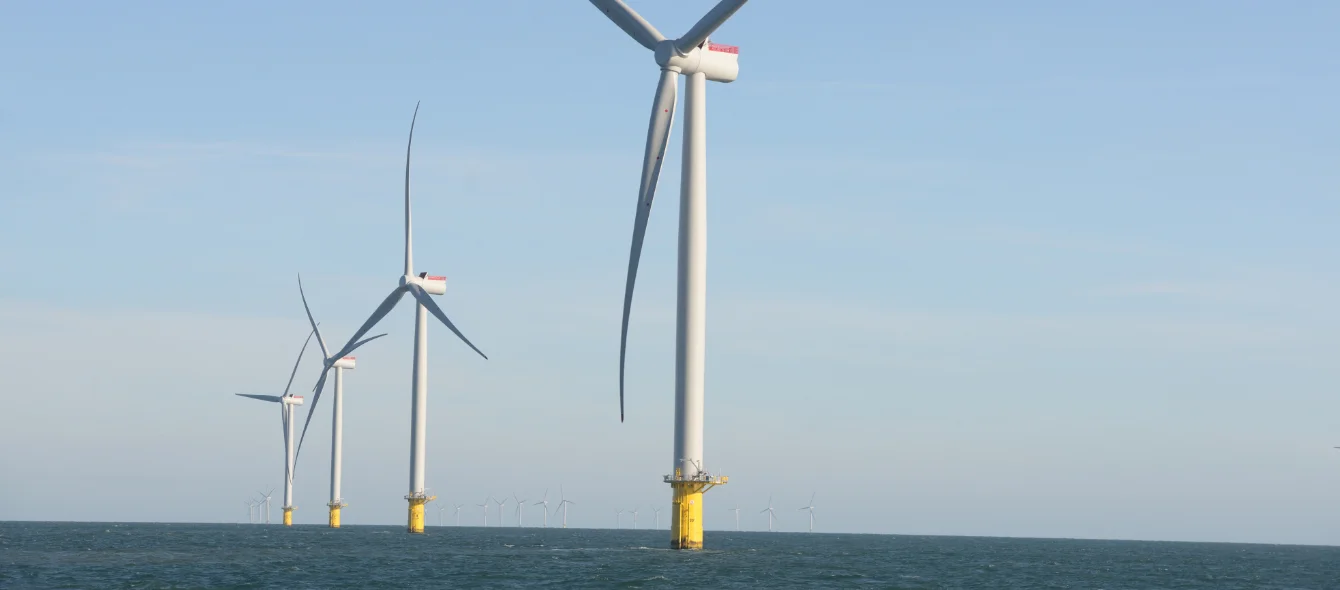Ofgem, the UK gas and electricity grid regulator, announced December 8 a £30 billion infrastructure spending plan for the period 2021-2026. A further £10 billion will be held on standby for future green energy projects. Network companies will earn a regulated rate of return of 4.3%, lower than the 7.8% currently on offer, which is expected to save consumers about £10 on the average electricity bill. An additional £132 million will be provided for vulnerable consumers.
There is a seperate package for the electricity system operator National Grid ESO, which allows it to spend £504 million over its first two-year business plan with the aims of operating the system carbon free as early as 2025, maximising competition and facilitating a whole system approach to network operation and planning. Ofgem will also provide innovation funding – a minimum of £450 million under the Strategic Innovation Allowance and £209 million under the Network Innovation allowance. These funds will be targeted at network innovation that contributes to the target of net zero carbon emissions by 2050.
East coast grid reinforcement
Ofgem highlighted the need for grid reinforcement on the UK’s east coast. At the end of September, RWE Renewables and its project partners signed lease agreements for a number of extension projects, including two in the southern North Sea – Five Estuaries, which would extend the existing Galloper wind farm, and North Falls, which would enlarge the Greater Gabbard farm.
The lease agreements for the two projects add up to 857 MW of new offshore wind capacity. RWE Renewables has a 25% stake in Five Estuaries and a 50% interest in North Falls.
Clean power integration
The Department for Business, Energy and Industrial Strategy has also announced a 4th Round of its contracts for difference support scheme to be held in late 2021. This is likely to see further capacity awarded for offshore wind in order to meet the government’s 40 GW by 2030 target. The construction of new renewable energy capacity, both on- and offshore, changes the location of power generation in the UK electricity system and introduces more variability. Grid investment is needed to integrate these clean power sources into the system.
Other energy transition technologies, such as transport electrication, will also alter the demands made on the grid. In November, the International Energy Agency warned that grid investment should not lag behind the deployment of energy transition technologies, and that a lack of investment could slow progress towards net zero carbon targets.
